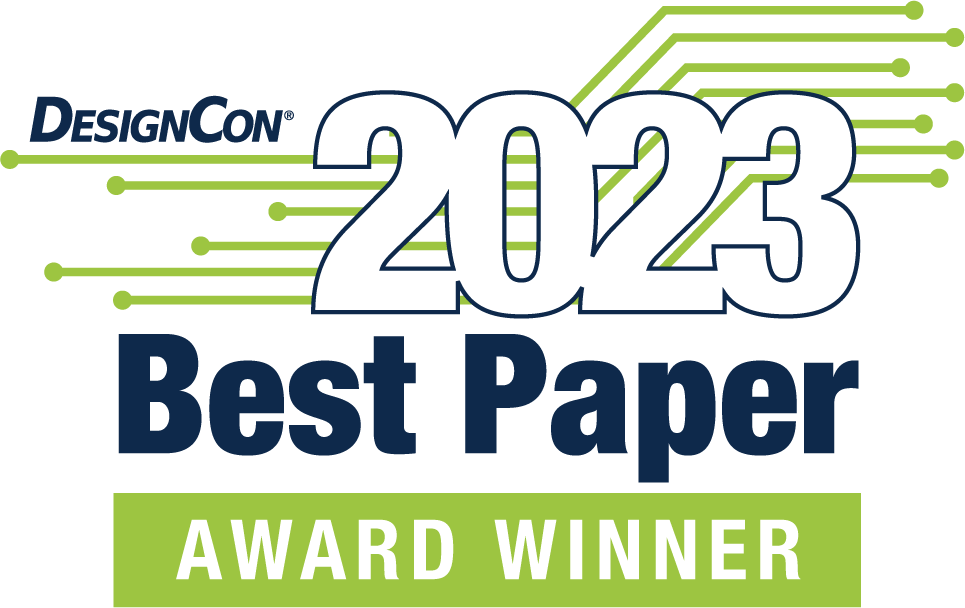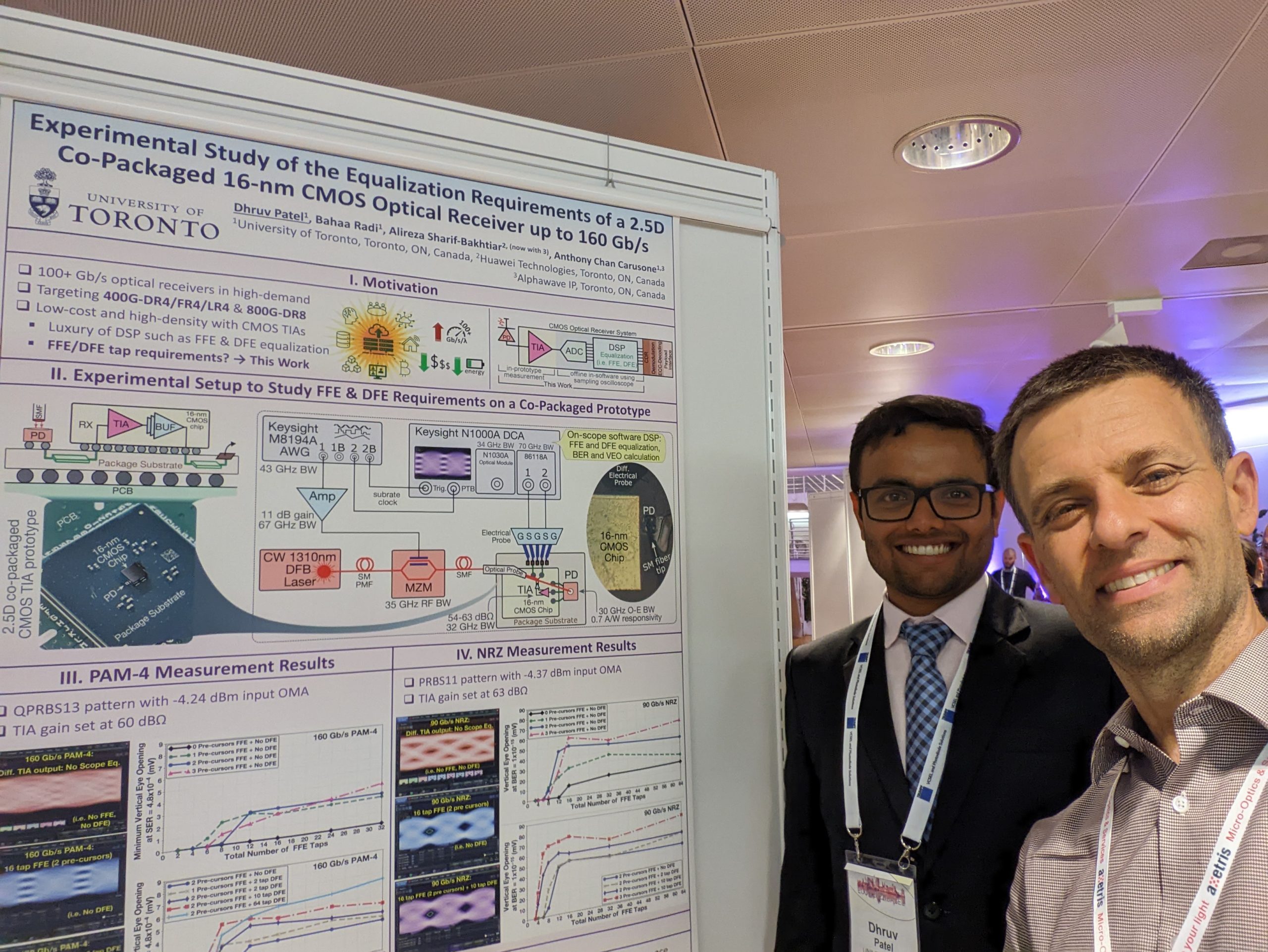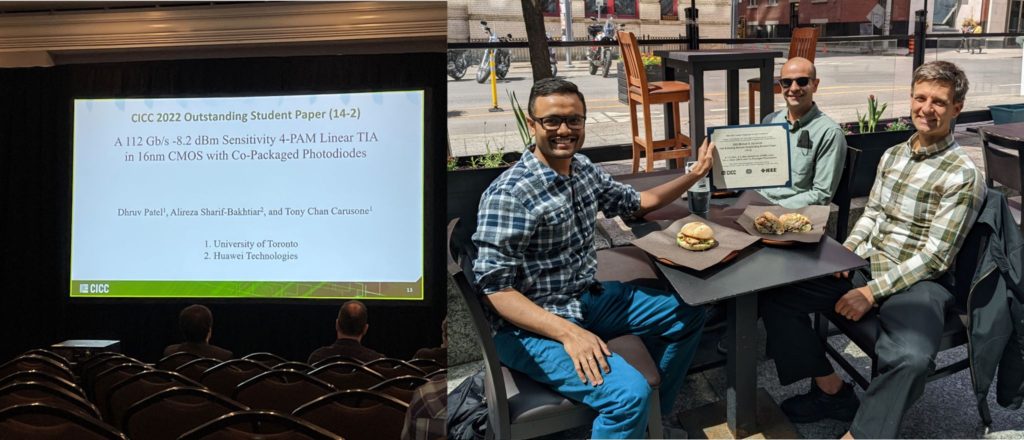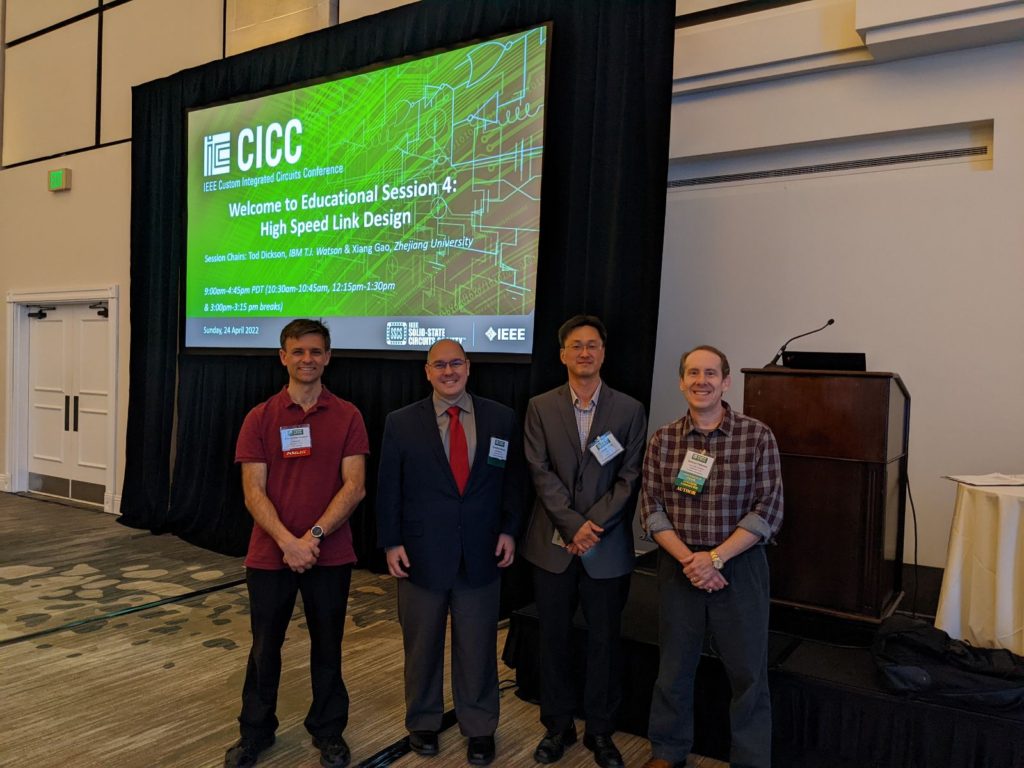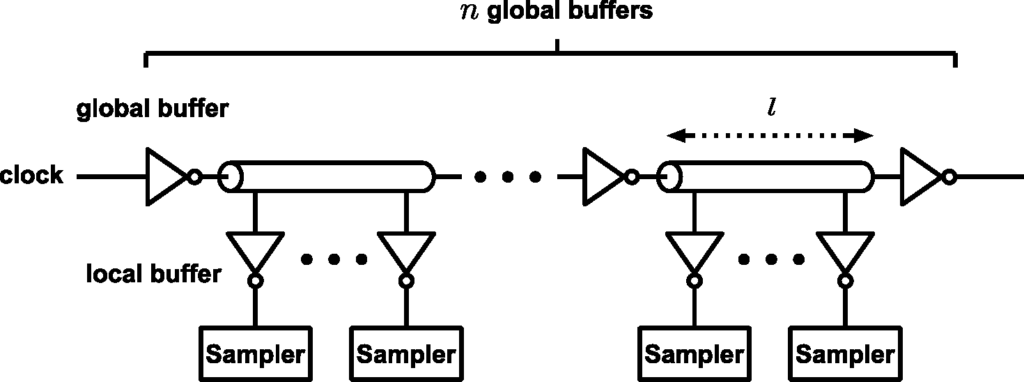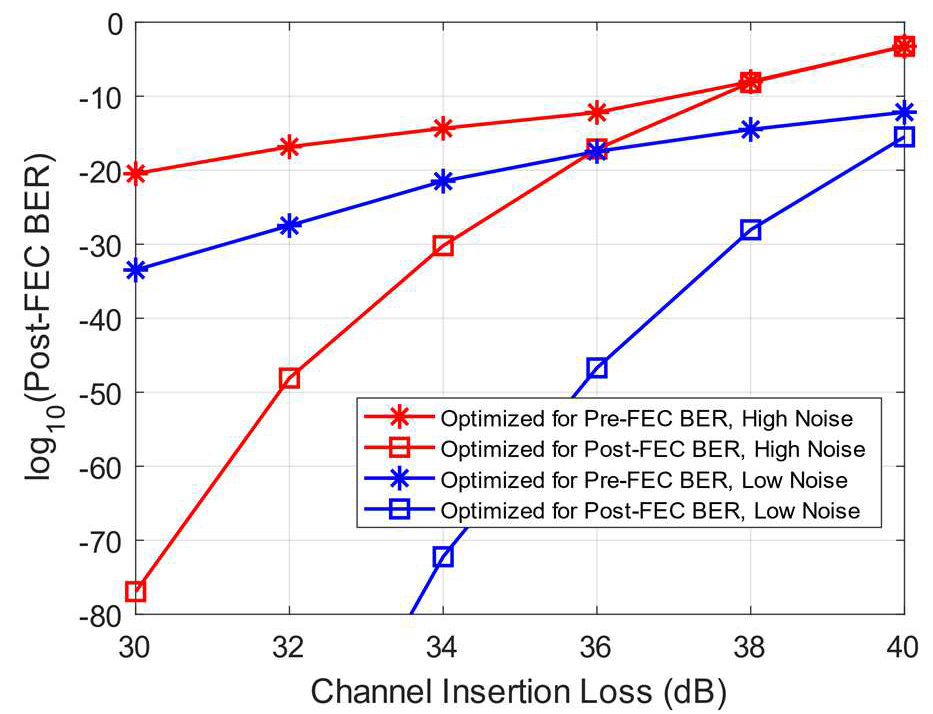For the second time in three years, ISL research has been recognized with a Best Paper Award at DesignCon, the premier high-speed communications and system design conference and expo for chip, board, and systems design engineers. Titled “Statistical BER Analysis of Concatenated FEC in Multi-Part Links,” the paper tackles a pressing challenge in 200+Gbps wireline links: how to evaluate and ensure post-FEC BER performance prior to finalizing a link architecture.
Congratulations to Richard Barrie and Ming Yang for this well deserved accolade!
